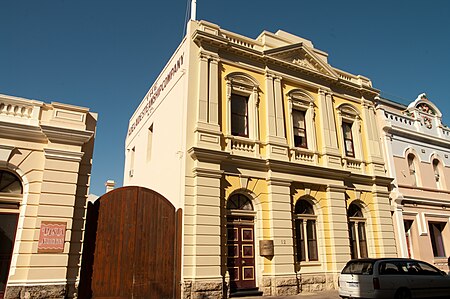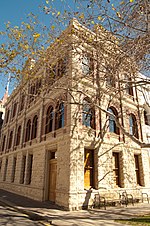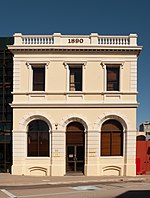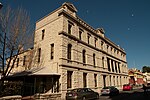The University of Notre Dame Australia is a private Roman Catholic university in Australia with campuses in Fremantle and Broome in Western Australia and Sydney in New South Wales. Its campuses are notable for its restored late Georgian, Victorian and Edwardian-style architecture, most of which is ubiquitous in Fremantle's West End heritage area as a university town. The university was established by an act of the Parliament of Western Australia in 1989.The university is known for its high student-satisfaction rate, which according to the federal Student Experience Survey 2019 was the second highest in the country and the highest in Western Australia. The university ranks lower on research-based rankings of Australian universities. The university is also notable for having very high practical placement hours in its nursing and education programs and being one of two Western Australian universities providing courses in physiotherapy and postgraduate medicine. It also has programs in other subjects including in commerce and law, which can be combined with biomedical science, as well as varying majors of study in the fields of arts and sciences.The university crest is an open Bible with the opening verse from the Book of John inscribed in Latin. The verse was chosen as the university motto symbolising everything that exists beginning as an idea. The waves below the open Bible and the Commonwealth Star represent the port city of Fremantle, where the university was founded, and Australia as a nation surrounded by water. The symbols are affixed to a Oxford blue badge over a Cambridge blue Greek cross. While the UNDA shares a similar emblem with the Holy Cross University of Notre Dame in Indiana, which played a significant role in developing the university and retains a seat on its board, they are otherwise independent institutions.In the 2023 Good Universities Guide, Notre Dame University rated among the top four Australian universities for teaching quality, skills development and learner engagement. It is also one of two national universities to have maintained a 5-star rating in teaching quality for 16 years consecutively. The university is also affiliated with the Association of Catholic Colleges and Universities, International Council of Universities of Saint Thomas Aquinas, International Federation of Catholic Universities and St John of God Health Care.











